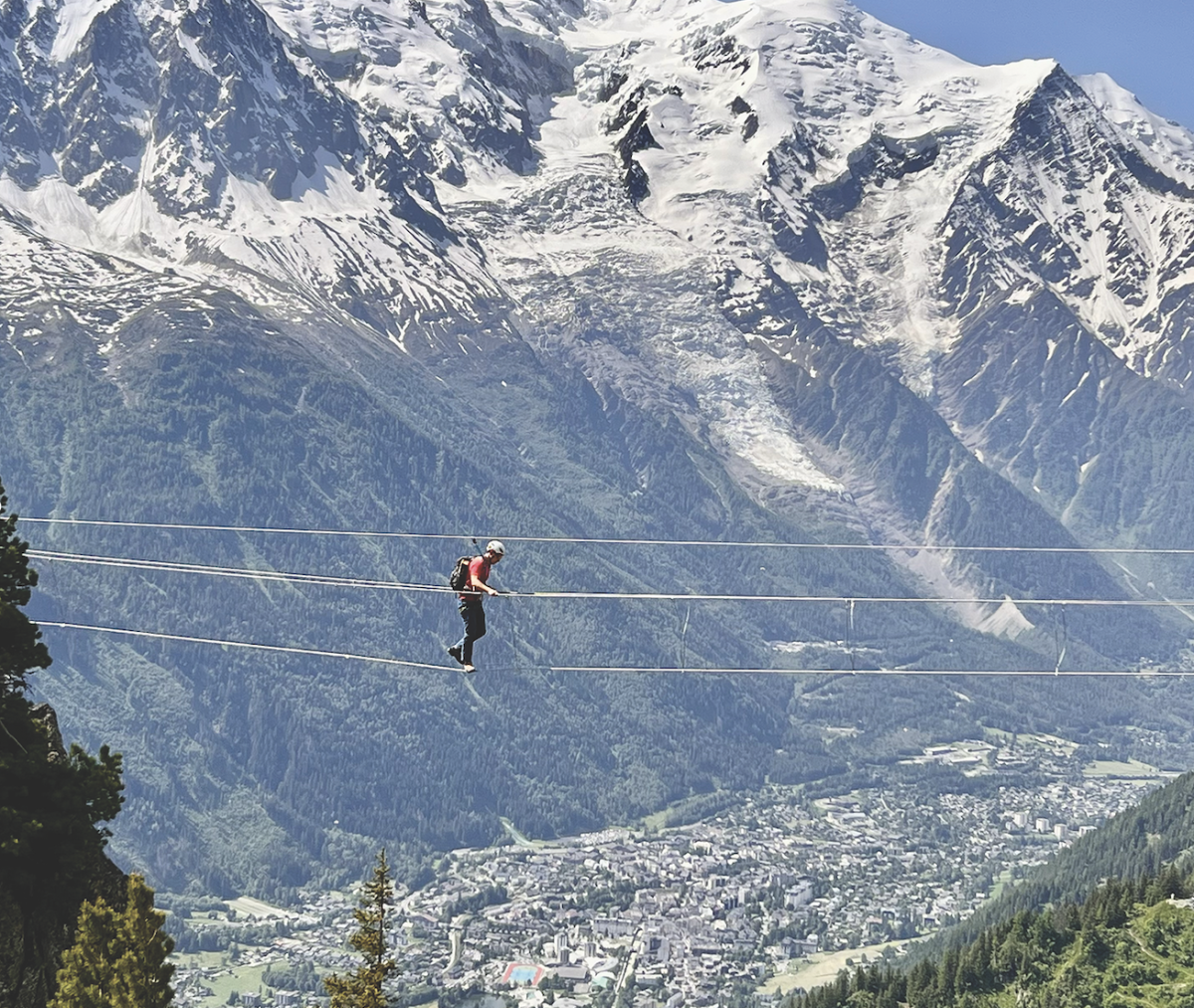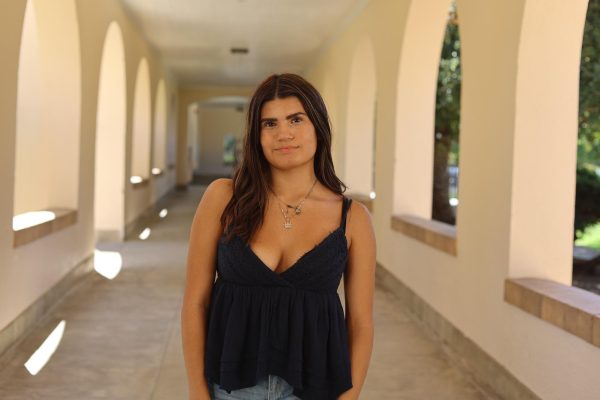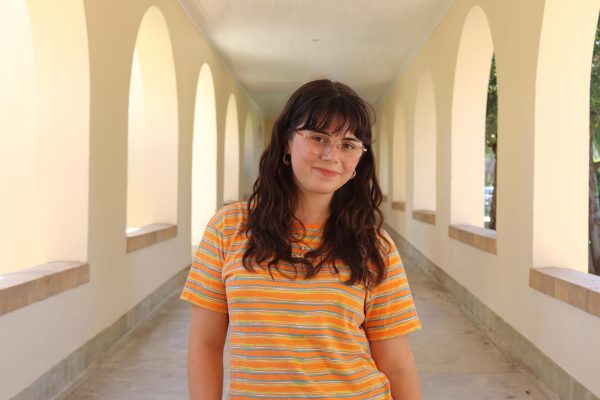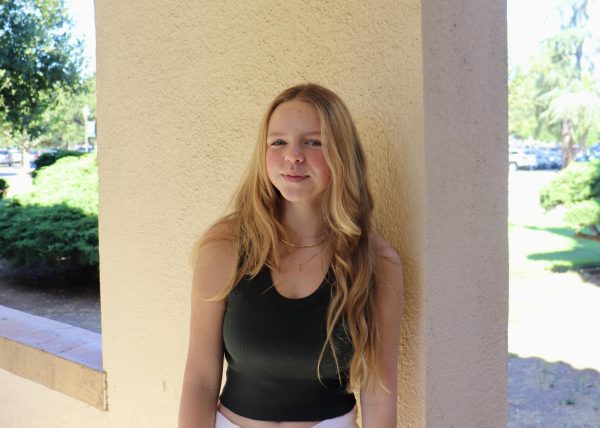
Among the forms of artistic creativity, animation stands as a captivating fusion of innovation, technology and storytelling. It’s a form of expression where characters come to life from the depths of imagination, defying cultural and geographical boundaries to win over the hearts of viewers everywhere. It’s more than just amusement; it’s an outlet for creativity, timeless narratives and profound emotions.
Animation has come a long way since the days of “Steamboat Willie,” a 1928 cartoon made by Disney, which was a milestone in animation as the first sound-synchronized cartoon. Through the years it has grown from a platform to display simple sketches into a multi-billion dollar industry.
The process of creation is a difficult yet rewarding process. It starts with the simplest of ideas and branches out into something layered, intricate and wonderful. David Chai, a professor of animation and illustration at San Jose State University, explains the process behind creating animated films.
“It starts off with a good idea,” Chai said. “You have to have an idea from which you kind of develop a story.”
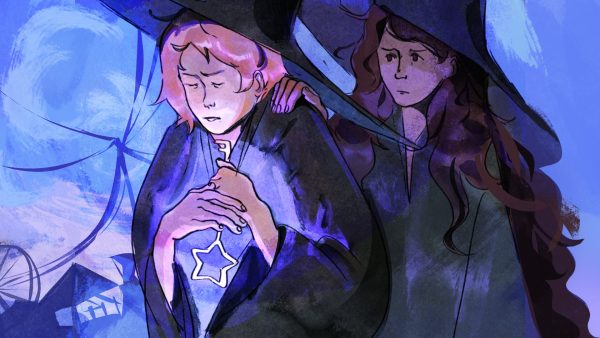
The process itself can be long and tedious, for a short and sweet reward. Rena Kim, a sophomore on the Paly Robotics art team, which develops short animations for robotics competitions, shares more about idea development.
“First we’ll discuss what storyline we want to use, depending on the theme that is given to us [based on competition guidelines],” Rena said. “After that, we’ll start brainstorming a storyboard so that we know what rough actions and facial expressions our characters will be making. Usually, one person creates a model of the figure, and we’ll then split up into teams.”
Other artists, such as Renny Argast, a senior at Palo Alto High School, experiment with time frames and different characteristics of animating.
“There’s something called animating on twos,” Argast said. “I often animate on fours — that’s every fourth frame. I’ll do that for my whole animation, which is super choppy. I’ll then go back, and for each stage of refinement I’ll animate on twos, and then I’ll animate on ones so it gets smoother and smoother until I have my finished animation. Then I’ll add color and lighting, put it all together in After Effects and it’s done.”
Jerry Van de Beek, the creative director at Little Fluffy Clouds, an award-winning Bay Area production studio specializing in motion graphics and animation, emphasizes the distinction between different types of animated storylines.
“An animation either has a story, where a character is part of the story, or there is a story about a character,” Van de Beek said. “If the story is about the character, the animator develops around the character, but if the story is focused on the plot, the animator looks at what the character should be able to do.”
Many animators explore new and unique methods in developing their characters. Characters aren’t always people-based, which is more conventional — sometimes they are based on more abstract ideas or concepts.
“I did a character design based on fire,” Argast said. “I started with the idea of fire and wrote down traits associated with fire. Then I used those traits to make a basis for a character which I designed using shape language and color theory.”
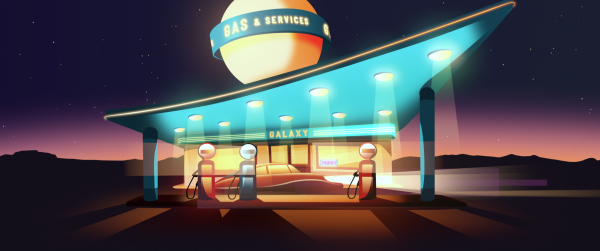
Character design is crucial in creating stories, from personality traits to physical features, each detail is foundational to their characteristics. Often, animators have the gargantuan task of animating every piece of an elaborate setting.
“Even if it’s a character that’s not a main star of the film, it’s important to have an understanding of their background,” Chai said. “Even a guy sitting drinking coffee, depending on how you design the backstory of that person, affects how they would be drinking the coffee.”
Animators draw inspiration from a multitude of sources. While it’s important to find inspiration in others’ work, it’s even more important to remain unique.
“Look at different kinds of animations, and study them, then forget about it, and do your own thing,” Van de Beek said. “It’s very important to be stubborn as an artist. Keep going because you want to have your voice.”
Navigating the diverse array of development techniques in animation, Argast shares some essential advice on learning from others while maintaining focus on personal growth.
“I think you can learn a lot from other people’s artwork,” Argast said. “That being said, I would try not to compare yourself too much to another person’s skill because that’s never going to help you. Just keep focused on your own race. Just try and improve your own art. Don’t worry too much about others.”
Similarly, for robotics competitions, there are animations created by the art teams. In a competition setting, it is always beneficial to view the opponent’s projects.
“A lot of animation schools will have an Instagram or TikTok, where they post trailers for shorts their students have done,” Argast said. “That’s the way I find artists I want to follow and find new projects I think are interesting.”
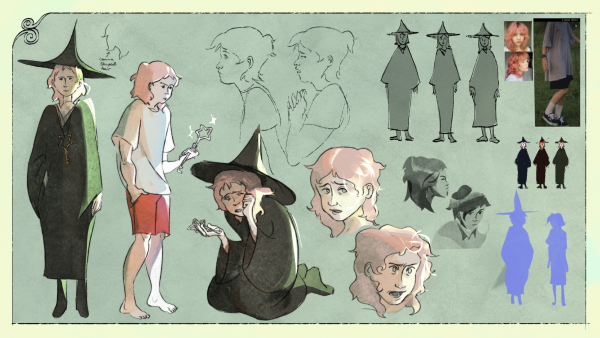
One of the difficulties of being an artist is searching for inspiration within your community, and the rise of social media in this context can serve as an outlet for creativity as well as bonding.
“We like to see what other people have submitted and see what they’ve done,” Kim said. “That can help us get some ideas and insight into what other people are doing.”
Additionally, the time animation takes is astronomical compared to other art. For example, an animator could be sitting in the same spot for two weeks to create a product of 30 seconds or less.
“It takes a lot of work,” Chai said. “I think when we as animators first start studying in school, we have no idea how long it [animating] is going to take.”
The time it takes to animate is not the only challenge in animation, as animators face the difficult task of staying current with the latest trends or technology. Artists can create culturally relevant products by looking at less mainstream and well-known animation studios.
“It’s very important to look at a lot of animations and not just Disney and Pixar,” Van de Beek said. “There are a lot of interesting things coming out of France and Canada at the moment.”
Animation often captures young hearts and minds. With colorful characters, exciting adventures and wacky sound effects, animated shows are a big hit for young children. However, animation is not only aimed at children.
“The animation styles for children all have very bright colors, simple stories and a lot of repetition,” Van de Beek said. “Animation for adults is much faster-paced, it doesn’t repeat things and characters are more complicated.”
However, as kids grow older and life gets busier, things like school or work can take over their time, and the shows that were a part of their daily routine start to become cherished memories from their childhood. Nevertheless, many adults still have personal connections to memorable animations from their childhood. Argast explains how adult animation can be just as powerful.
I think that animation geared toward children is usually more mass-produced,” Argast said. “Animation that is made for more adult audiences often has a bit more care put into it. I’d say that the messages and themes present in these adult animations are just as impactful as themes in film.”
Animation for different ages is not the only difference in the industry. Chai notes a potential disparity in exposure and exploration within animation in the United States, which could lead to the popularity of animation declining as people age.
“They [adult animation studios] have all sorts of films — sad ones and ones that evoke social change,” Chai said. “Maybe we just don’t have as much exposure to them here in the States, or people don’t search them out.”
Among the myriad other forms of visual art, animation stands out as one of the most versatile, but also one of the most difficult to produce since nothing exists before an animation is created.
“You have to create absolutely everything,” Van de Beek said. “If you want to animate a sunset, you have to design it, you have to plan everything and you have to stick to that — it takes a lot of discipline.”
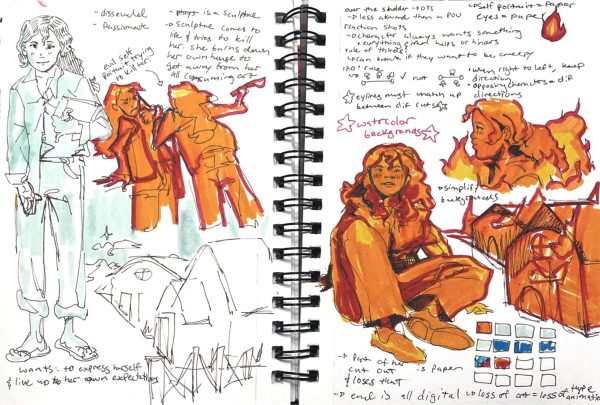
Despite the challenges and setbacks, animation gives the artist complete freedom and power over the world they are creating. The animator has total control over the element of time and what’s on the screen, something that people all over the world can enjoy.
“I think animation is one of the most freeing mediums,” Argast said. “Some of the most ground-breaking projects come from animation.”
Similarly, animation differs from other mediums of expression in that it combines elements of other arts, such as the introspection in books and the visual aspect of movies.
“It [animation] is really customizable,” Kim said. “You can portray a lot of different things with it.”
It also provides a personalized base on which viewers can superimpose their own interpretations of the art. More abstract projects often exhibit this trait, while less interpretive projects don’t. One way to accomplish this is by being ambiguous about the type of character portrayed in the film.
“If you want different people to be able to project their feelings on the animation, you don’t want to tie yourself down to a specific character,” Van de Beek said. “Sometimes you want to stray away from that, do it a little bit more abstract.”
However, some consider it detrimental for art forms to be compared to each other. Many people believe that individual styles are best appreciated in the absence of competition.
“Moving forward, we should find a way to bridge the two mediums rather than ask which is better,” Argast said. “Instead, we should focus on each medium’s strengths and how those strengths can be used to create beautiful projects.”
Many animators have a special connection to the art form, often rooted beneath the surface. Chai explains why animation is especially remarkable to him.
“I watched a set of animated documentaries, and in animating them, the artists and the directors are able to take it to another level,” Chai said. “It’s not just watching the lions eating those sheep, but they could show some more different metaphorical interpretations or different visual interpretations that add to the whole story.”
To many professionals, animation is special because of the room for creativity and imagination. Oftentimes, artists will adapt already existing storylines or movies into animation, offering a differing perception from the artist’s point of view.
Artists, as a whole, constantly put themselves in front of their audience and hope for the best. This can be nerve-wracking, especially for animators — many of whom work in solitude.
“They [animators] are working for weeks, months on end,” Van de Beek said. “How’s that going to work out when it’s shown to people? I think with any art form, you just step in front of the audience with what you’ve created. That’s sometimes a scary process.”
However, that’s true of any art form, and the difference in medium doesn’t make one story inherently better than another.
“Animation is not better at telling a story than other mediums,” Van de Beek said. “I think you should be able to express yourself in anything.”
from sketch to screen



